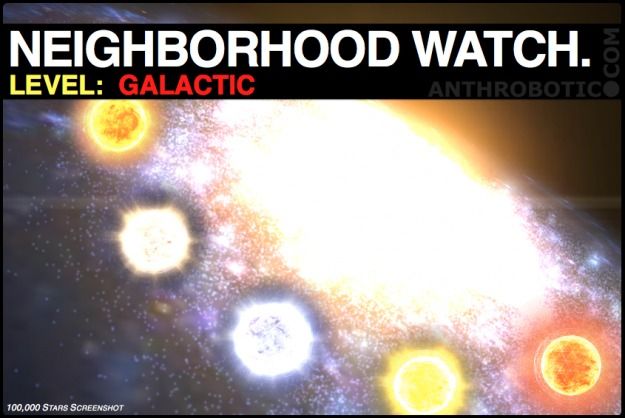Dec 13, 2012
Deathstars and David Criswell
Posted by Gary Michael Church in categories: space, sustainability
http://news.yahoo.com/blogs/ticket/build-death-star-petition…itics.html
When the possible mixes with fantasy it should turn peoples heads- it does not happen very often. But this toungue-in-cheek petition is actually a case of truth being so close to fiction and no one seems to be noticing. I have been posting in the comments section of Centauri Dreams lately due to my disappointment with the contributor situation on the lifeboat blog and I am now happy to share edited versions of them here.
It is now the second decade of the twenty first century and we actually have a
tremendous amount of technology available and devices that may have been tested in some form in the past and found to work quite well but by various circumstance did not enter production. The example that every real space nut is aware of is the Aerojet AJ-260 monolithic solid rocket booster. Each of these put out over 7 million pounds of thrust and would probably have been used in a pair with yet another aerojet product called the M-1 http://en.wikipedia.org/wiki/M-1_(rocket_engine) as a core liquid engine as in the Titan configuration. This was the logical progression of a more powerful partially reusable vehicle to replace the Saturn V; a vehicle with over twice the first stage thrust. Instead we tried to go cheap with the Space Shuttle and recieved zero ROI. In fact we have the ability to build much larger solid boosters of up to 325 inches. Built with submarine hull technology it is recovered at sea and resused. This system is the only practical reusable technology as the liquid shuttle motors turned out to be a total waste of time returning to earth for reuse.











